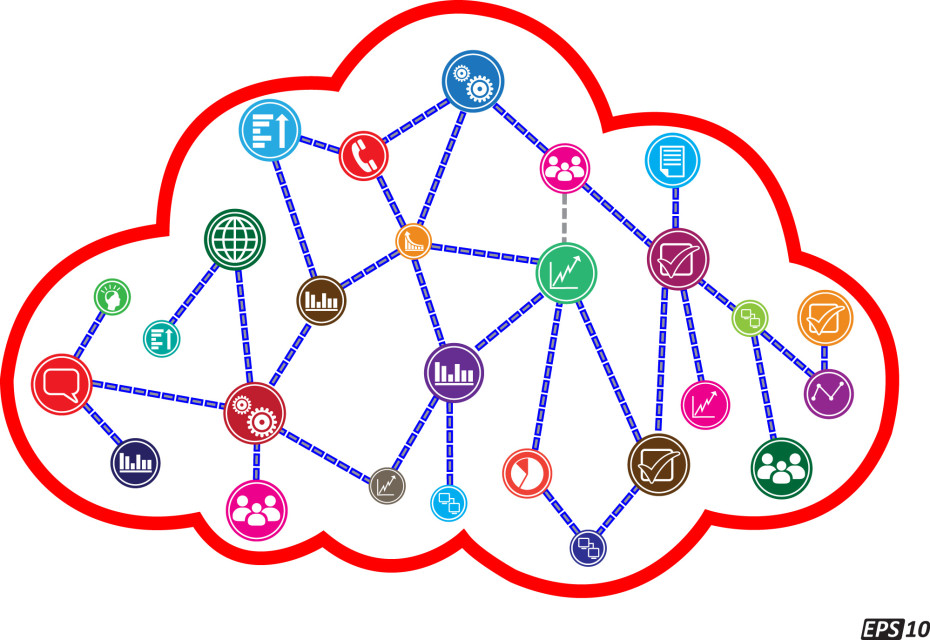Marketing cloud: Enabling awesome user engagement across channels
Marketing clouds aim to be the end-all — everything your martech heart desires. And to do that, they need to offer the ability to handle just about everything from one centralized platform: advertising; targeting and segmentation; content, email, social media and mobile marketing; analytics and data management; and marketing automation.
But too many marketers think they can take their data, drop it into any available platform, and it’ll be smooth sailing from there.
With insight from 1,483 marketers and a look how top vendors rank on over 150 key features, the latest VB Insight report, “Marketing Clouds: How the best companies are winning via marketing technology,” is aimed at marketers who want to launch a marketing cloud solution — the right way.
To examine some of the key points from the report and offer some more real-world, real-time takeaways from the trenches, Stewart Rogers, director of marketing technology at VentureBeat, recently sat down with Andy Lark, CMO of Xero and TJ Hunter, senior director of customer marketing at Rosetta Stone.
They know from experience why diving into the marketing cloud world requires such extensive know-how and in-depth research.
“It’s quite hard to get it right,” Lark says, when you’re just starting out, which means you need to be prepared.
“The two or three things you want to wrap your head around early,” he continues, “is who the heck is going to run this thing, and do you have the domain expertise internally to run it, to operate it, to scale it, to manage data effectively, to establish the right triggers in the platform so you understand when things have gone astray.”
The VB Insight report is an essential jumping-off point when it comes to researching the solution that is going to fit your company’s specific wants and needs. But Lark advises that before you pull the trigger, also seek out experiences from the trenches.
“Really spend time personally. Spend time getting out and talking to people who are using the platforms, and really invest time and energy on interrogating those people on what they’ve learned,” he says. “You’re going to gain so much from those up-front sessions that you’ll never get from a vendor.”
And when you’re researching solutions, Hunter adds, “Be real about where you’re weak.” All of these platforms have strengths and weaknesses of their own, and it’s about understanding which solution will shore up your weak areas.
But finding ways to boost your strengths is where your solution should really shine. “Look to see where your biggest return on marketing is, and then the next closest companion channel in terms of what drives revenue for your organization, and find a platform that marries those two channels,” Hunter advises.
But don’t forget, Lark says, that these platforms are pretty much as good as the data that you’ve got. “Too many people underestimate the importance of getting the data right, and tuning the data and owning the data,” he says. “They assume that the data they’ve got, they can just drop it in there and it’ll all go awesome.”
Which, as you can imagine, it never does. Heading that off at the pass is as simple as getting a grip on what makes your platform perform.
“Understand what all the fields and tables are,” Hunter adds. “A clear understanding of which fields mean what helps map your data.” Marketers too often skip this step entirely.
They both agree that as your data gets more complex, your ability to nail that messaging gets smarter. The marketing cloud delivers an automation engine that becomes a mechanism for reach, for tuning and making that content more fine-grained over time.
“I never raised my hand and said I want to be a data scientist when I grow up,” says Hunter, “but I’ve adapted.”
Article Written By: Venture Beat
0

